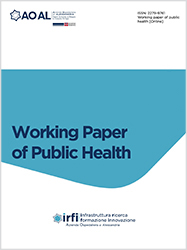Postoperative hypofractionated radiotherapy in conservatively operated breast cancer: evaluation of aesthetic outcomes
Accepted: 11 July 2016
All claims expressed in this article are solely those of the authors and do not necessarily represent those of their affiliated organizations, or those of the publisher, the editors and the reviewers. Any product that may be evaluated in this article or claim that may be made by its manufacturer is not guaranteed or endorsed by the publisher.
Objectives: data of 33 patients who underwent postoperative radiotherapy with modulated hypofractionation after breast cancer surgery in 2009-2010 were reviewed in order to analyze those acute and late sequelae (fibrosis, retraction, skin discoloration) that could affect the aesthetic outcome of the treatment itself. Methods: the acute toxicity, at the end of radiotherapy, was graded according to the RTOG scale, the late toxicity was evaluated following the SOMA-LENT scheme and the aesthetic result was studied using a visual scale. Results and conclusions: our results, both in terms of acute and late toxicity, also taking into account the aesthetic aspect were really encouraging, with absence of severe effects (G3).
PAGEPress has chosen to apply the Creative Commons Attribution NonCommercial 4.0 International License (CC BY-NC 4.0) to all manuscripts to be published.

 https://doi.org/10.4081/wpph.2014.6726
https://doi.org/10.4081/wpph.2014.6726




